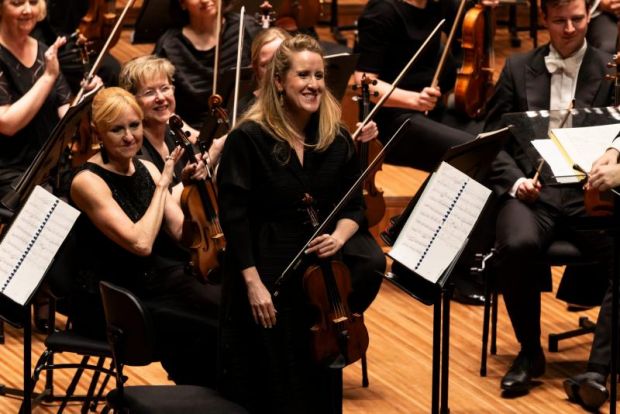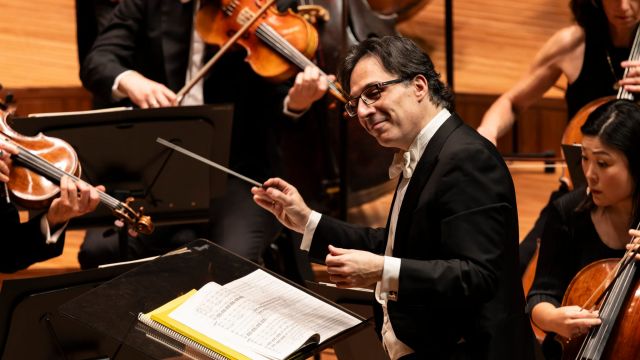The Roaring Twenties: George Gershwin’s An American in Paris
It’s hard to think of a more thrilling decade than the 1920’s, so catastrophically bookended by wars and tyranny, but so explosive in its arts, modernity and social advances.
Sydney Symphony Orchestra’s one-hour concert series here squeezes in three compelling works from the roaring twenties. It begins with Igor Stravinsky’s spirited suite drawing on works attributed to the 18th-century composer Giovanni Pergolesi , and relishing the Italian’s theatricality and comedia dell arte.
Ballet Russes’ great impresario Sergei Diaghilev again commissioned Stravinsky but this time, post-WWI, he wanted a ballet and a musical shift from the earlier dissonance of The Rite of Spring (which the SSO is playing on November 27-30). This adjusted orchestral version, Pulcinella (1922), became the first in Stravinsky’s long “neo-classical” period exploring Western music.

The eight short movements, loosely relating to the Italian origins of Mr Punch, are rich in character as played out by different instruments – with no percussion – emphasising the metrical structure and sharply written harmonies, and expressively supported to the investable climax of each movement by Australia-based pianist Konstantin Shamray.
Igor Stravinsky was near 80 when he visited Sydney in 1961 to hear the SSO’s Pulcinella; he likely would have admired this version from conductor Umberto Clerici, former SSO Principal Cello and now Chief Conductor of the QSO.
Shamray next excels across the keyboard in Maurice Ravel’s Piano Concerto for the Left Hand (1930). The original pianist, Paul Wittgenstein, who lost his arm fighting in WWI, commissioned Ravel (as well as Strauss, Britten, Hendemith and Prokofiev) to compose him a concerto-style work for left hand alone. The pianist angered this impressive line-up by the liberties he took changing their scores; Ravel’s though is the one that has lasted.

Shamray’s agile left hand delivers a score as textured as if he was using both hands, his initially soft playing so beguiling against a sombre orchestra; later they switch between jaunty marches and jazzy gestures passed between piano and solo winds.
Across four movements, the piano’s growing intensity and speed leads all to an awesome climax. The inventive distinction Ravel gives to different instruments, the echo of folk songs and blues-infested surprises draws you powerfully to Paris and the 1920’s.
George Gershwin actually takes you there in 1928. It’s an exhilarating musical stroll by an American through the streets of Paris, with a sophisticated orchestral score punctuated by street cars and taxis and uplifting, optimistic melodies. Again, instruments arrive through the bustle as characters, and Gershwin’s delight in jazz and the blues (and Ravel) drives the score’s vibrancy, especially when it becomes yearning and our American gets homesick. But soon we’re back in Paris, the trumpets swing and the Charleston takes up the tumult.

In 1928 Gershwin was concerned about being recognised as a serious composer. He was an important part of that notable musical cross-fertilization then happening between France and America. He died young, from a brain tumour in 1937; by then the Roaring Twenties were well over.
Martin Portus
Images courtesy of Sydney Symphony Orchestra. Photographer: Ken Leanfore
Subscribe to our E-Newsletter, buy our latest print edition or find a Performing Arts book at Book Nook.

